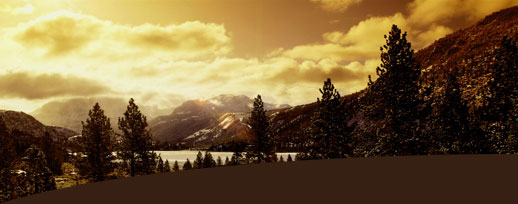
Via Roma i Piazza San Carlo
Via Roma (ulica rzymska) jest jedna z najwazniejszych turynskich ulic biegnaca od stacji Porta Nuova do Piazza Castello. Wiekszosc budynkow wzdluz ulicy ma typowo faszystowski styl wykreowany przez Mussoliniego. Jest jedna z najbardziej komercyjnych ulic miasta, to tutaj znajduja sie najelegantsze i najdrozsze butiki i sklepy odziezowe.
Centralnym punktem ulicy jest wspanialy Piazza San Carlo (Plac swietego Karola). Idac od strony stacji Porta Nuova na plac wchodzimy pomiedzy dwiema fontannami oraz dwoma blizniaczymi kosciolami. Luksusowe kawiarenki, wytworne restauracje, eleganckie sklepy-wszystko to dodaje temu miejscu niezwyklego uroku i przyciaga wielu turystow.
IN ITALIANO
Piazza San Carlo è una delle più importanti piazza di Torino; può essere definita come il cuore pulsante del capoluogo piemontese. È stata il palcoscenico di diversi avvenimenti storici e sociali.
Lunga 168 metri e larga 76, la piazza ha una superficie di 12.768 metri quadrati; è inserita all'interno dell'asse viario di Via Roma, vicina a Piazza Castello ed a Piazza Carlo Felice.
Nel corso della storia ha preso i nomi di Piazza Reale, Piazza d'Armi e poi, nel periodo napoleonico, Place Napoléon.
IN ENGLISH
On turning right into Via Maria Vittorio one reaches Piazza San Carlo. It was formerly called Piazza Reale where the rice and wheat markets were held.
Carlo di Castellamonte designed Piazza San Carlo. He began the task in 1642 and completed it 1650. Juvarra and Benedetto Alfieri also worked on this project. This is one of the most beautiful and elegant squares in Italy with a perfect layout and harmonious proportions.
The piazza has the equestrian statue of Emmanuel Filbert in the center. It is also known as “El caval ed brons” (Bronze Horse). Carlo Marocchetti sculpted it in 1838. The sculpture is a statue of Emmanuel Filbert putting his sword back in its scabbard after the victory of San Quintino.
On the Via Alfieri side, at either side of Via Roma the famous twin churches of San Carlo and Santo Christina enclose the piazza. These churches reflect the ultimate in Baroque –Piedmont style.
The church of San Carlo was built in 1699by various architects including Castellamonte. He designed the main altar. There are also other works of art including a Caravaggio style painting. The facade was built in the nineteenth century according to the façade of the Santa Christina church.
The church of Santa Christina was built in 1639 for the convent of the Barefoot Carmelites. Carlo di Castellamonte also designed it. However Juvarra designed the splendid facade in 1715.
Palazzo Solaro del Borgo is on the eastern side of the piazza. It was reconstructed in 1737. It is now the main office of the Whist Club (Il Circolo del Whist) founded by Cavour.
Besides the churches there are modern style arcades that date back to the restyling of Via Roma in the thirties. There are numerous bars, cafes, restaurants and boutiques in this area. Two cafes are very popular. One is the café San Carlo. It was founded in 1822. It became famous as it was known as the meeting place for the subversives of the nineteenth century. It was also the haunt of artists, writers and intellectuals. Its historical rival was the café Torino that opened its doors to the public in 1903. However it used to sometimes remain closed to the public so that Umberto of Savoy could enjoy a few moments of peace and quiet.
Wyszukiwanie